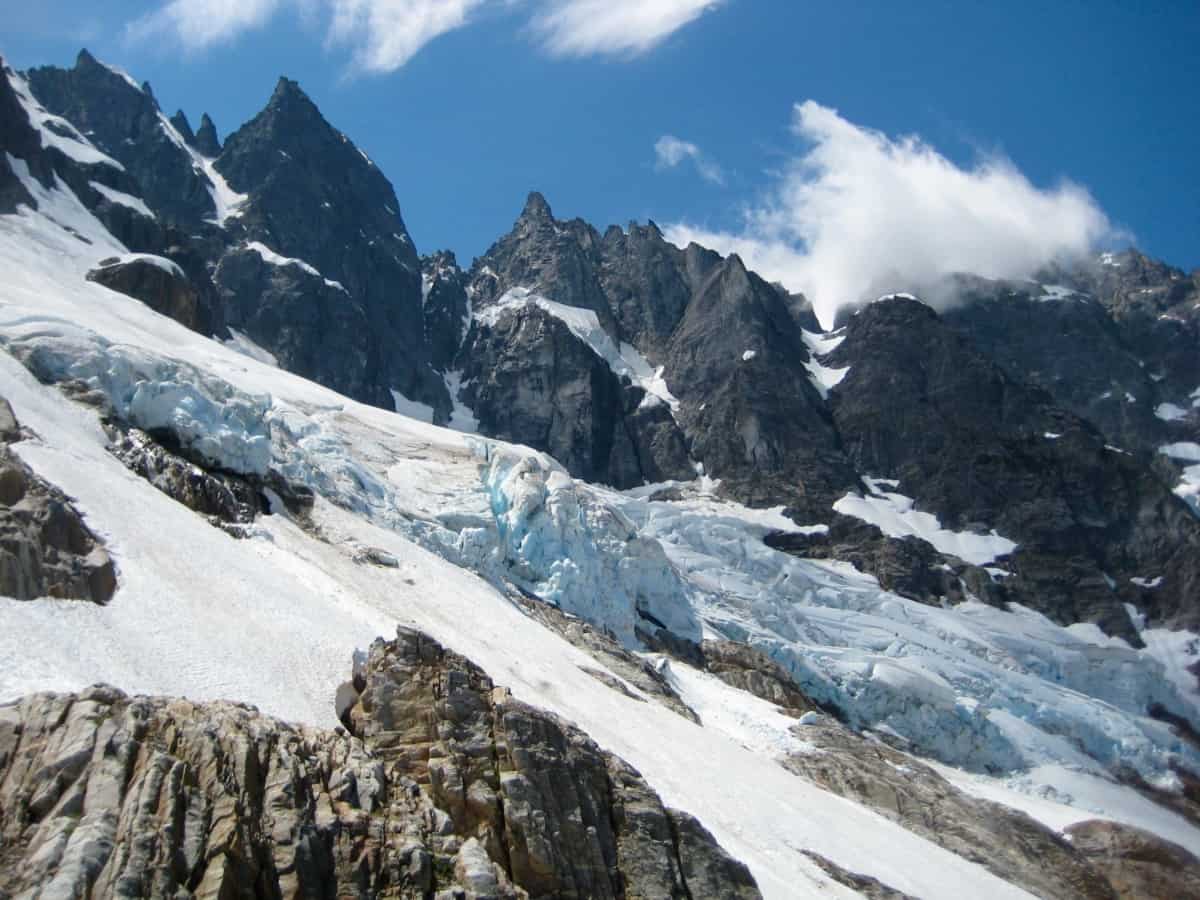
Mountain School @ Home Lesson 16: Glaciers!
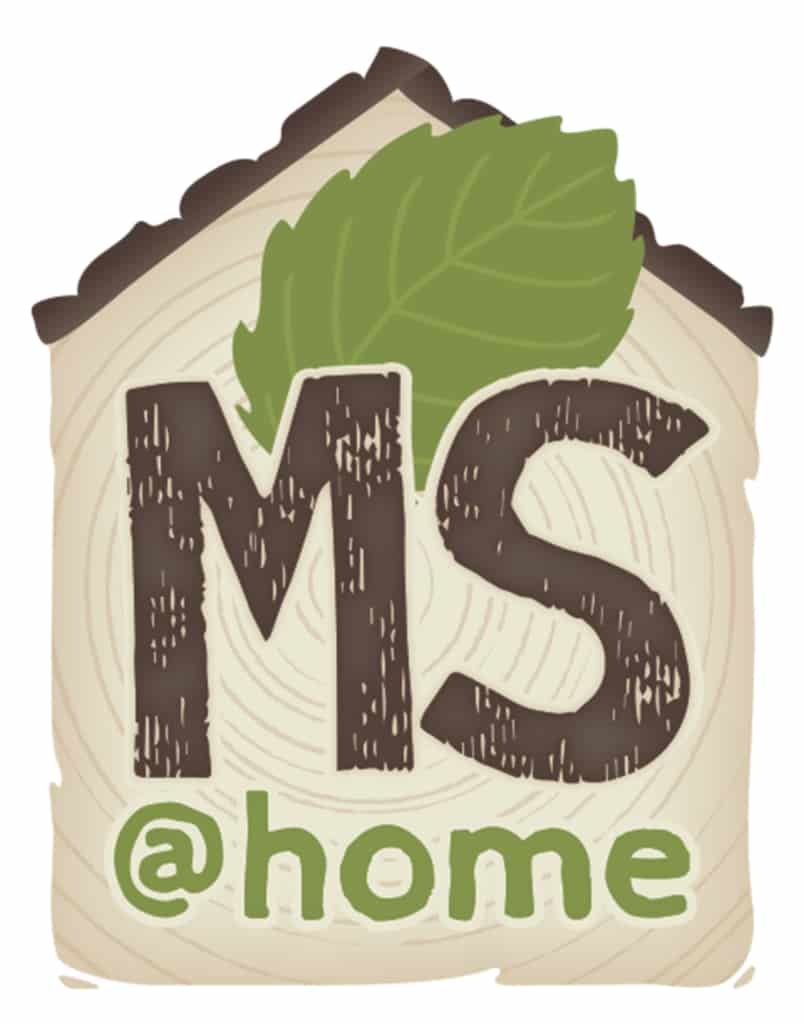 Students! Parents! Teachers! During this time of school closures and stay-at-home guidelines, North Cascades Institute is sharing lessons and activities from our talented Mountain School instructors. We hope these will inspire students of all ages to continue to learn about the natural world and discover new connections to the outdoors from home. This lesson was created by Mountain School instructor Bre Harris. Find more lessons and activities on our blog or website.
Students! Parents! Teachers! During this time of school closures and stay-at-home guidelines, North Cascades Institute is sharing lessons and activities from our talented Mountain School instructors. We hope these will inspire students of all ages to continue to learn about the natural world and discover new connections to the outdoors from home. This lesson was created by Mountain School instructor Bre Harris. Find more lessons and activities on our blog or website.
Glaciers
What do you know about glaciers? What is a glacier? How do they form? There are over 300 glaciers in the North Cascades National Park Service Complex, making the North Cascades the most glaciated area in the United States outside of Alaska. These glaciers often exist in remote, hard-to-reach areas that require knowledge of glacier travel and special tools like crampons and ice axes. 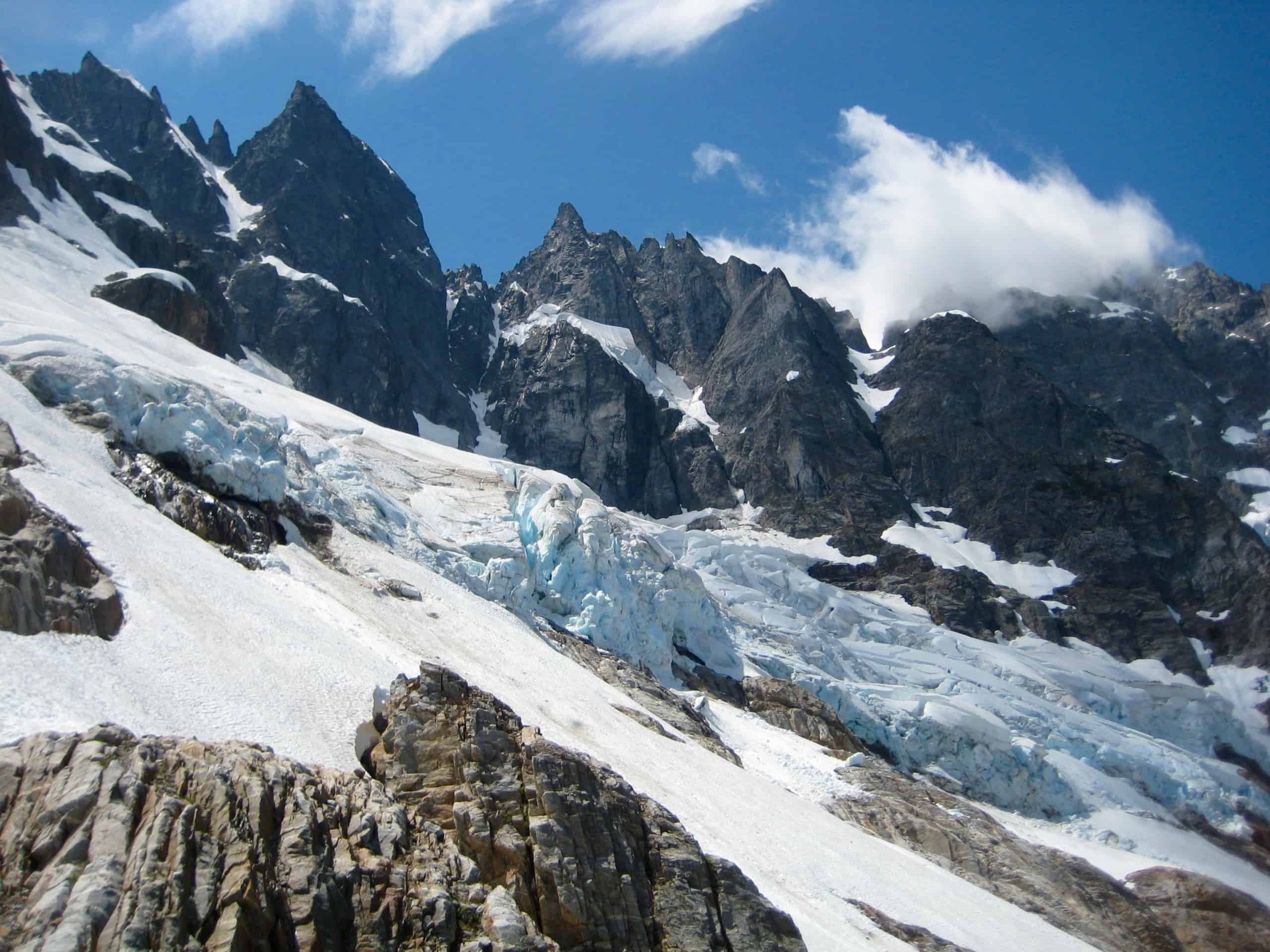
We can learn a lot about glaciers by making our own, but before we do that, watch a 4-minute National Geographic video called Climate 101: Glaciers to learn about how glaciers form and erode to create landforms.
Making Glacier GAK!
Now, let’s learn more about the movement of glaciers by making our own glacier GAK!
What You’ll Need:
- Two 8-oz. (or one 16-oz.) bottles of white glue
- Borax
- Large mixing bowl
- 8-oz. cup
- Spoon
- Tray
- Measuring cup
- Blue food coloring
- Water
- Zip-lock bag
Preparation steps (10 minutes):
- Empty glue into a mixing bowl. Fill the empty bottle(s) half-full with warm water and shake. Pour into the bowl and mix.
- Add and stir a heaping tablespoon of Borax to 1 cup of warm water. Not all of the Borax will dissolve.
- Add about 10-15 drops of blue food coloring to your glue mixture before adding the Borax solution.
- Slowly add a little of the Borax solution to the glue, while stirring the glue in the mixing bowl. Long strands of glue and Borax will start to form.
- As the mixture becomes more solid, use your hands to mix. Keep adding the Borax solution until the gak has a putty-like consistency. Place glacier gak on tray and let it rest as it spreads out on the tray.
- Gather landscape building materials:
- Lego blocks or other kids building materials
- Small pebbles
- Aluminum baking pan
- Popsicle sticks
Activity steps (20-30 minutes)
- Build a landscape in the baking pan with the pebbles, lego blocks, popsicle sticks or other similar items found around your house.
- Prop one end of the pan up on some books or a box, so it has a slope to it.
- Place your glacier GAK on top of the pan in one large chunk.
- Watch as your glacier GAK moves slowly down your landscape. What happens to the landscape as your glacier GAK moves slowly down?
Questions for discussion:
How is glacier GAK similar to a real glacier? How is it different?
Just like a real glacier moves slowly downhill and picks up Earth’s materials such as sand and rocks, the glacier GAK also moves slowly down the pan and moves the pebbles, blocks, and popsicle sticks. However, real glaciers move much slower than glacier GAK, a pace too slow to see with your naked eye.
What causes both real glaciers and glacier GAK to move slowly downhill?
Both glacier GAK and real glacial ice slowly flow and deform in response to gravity. A glacier molds itself to the land and also molds the land as it creeps down the valley.
Apply Your Knowledge
Compare these two photos of Diablo Lake in winter and summer. Why do you think the lake appears dark blue/grey in the winter and a turquoise color in the spring/summer?
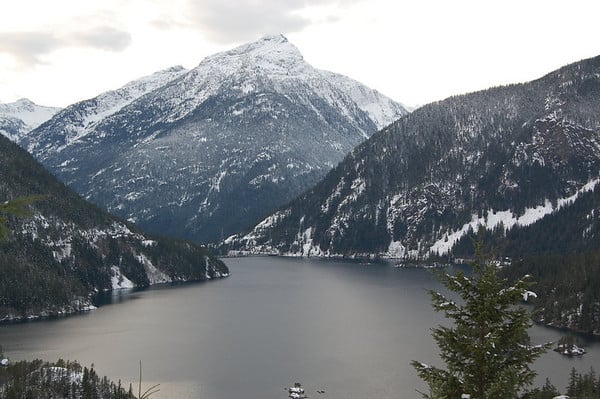
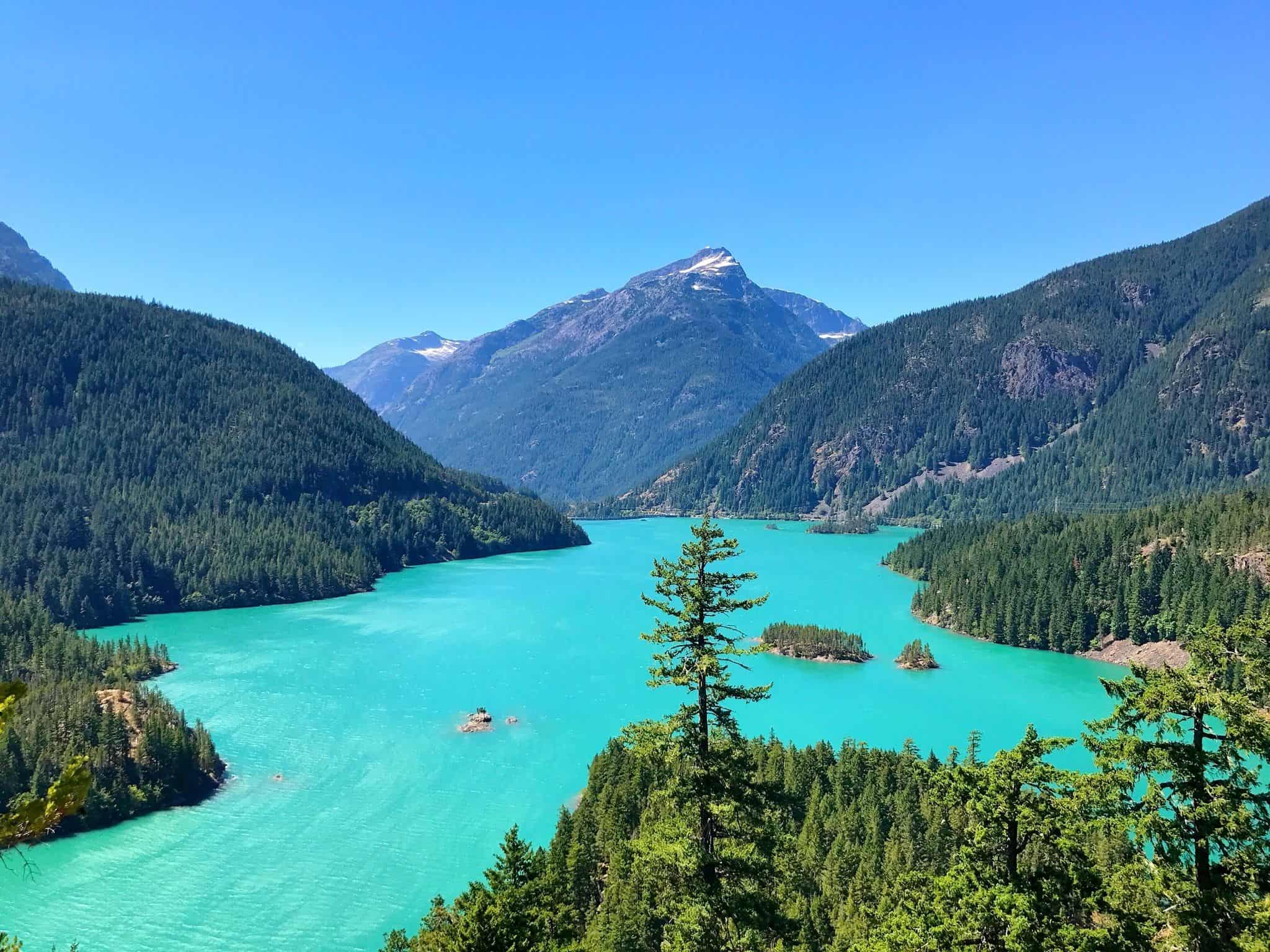
The turquoise color of the lake is caused by the surrounding glaciers that grind rocks into a fine powder that is carried into the water through creeks. The fine powder, also known as glacial flour, remains suspended in the water, and as the sun hits these tiny particles, they reflect a turquoise color. Therefore, when runoff is higher, in the spring and summer, the lake turns bright blue!
Try making glacial flour! Grab two rocks and rub them together for 30 seconds. What do you notice coming off of the rocks? Did you see a powdery substance that looks like flour? If not, try again!
Extension
Watch this video on ‘Measuring Glaciers’ with scientists who study glaciers at Mt. Rainier and in the North Cascades. Then answer these questions:
- Why is monitoring glaciers important?
- How have glaciers changed over time?
Activity adapted from Center of the West Glacier Gak.

